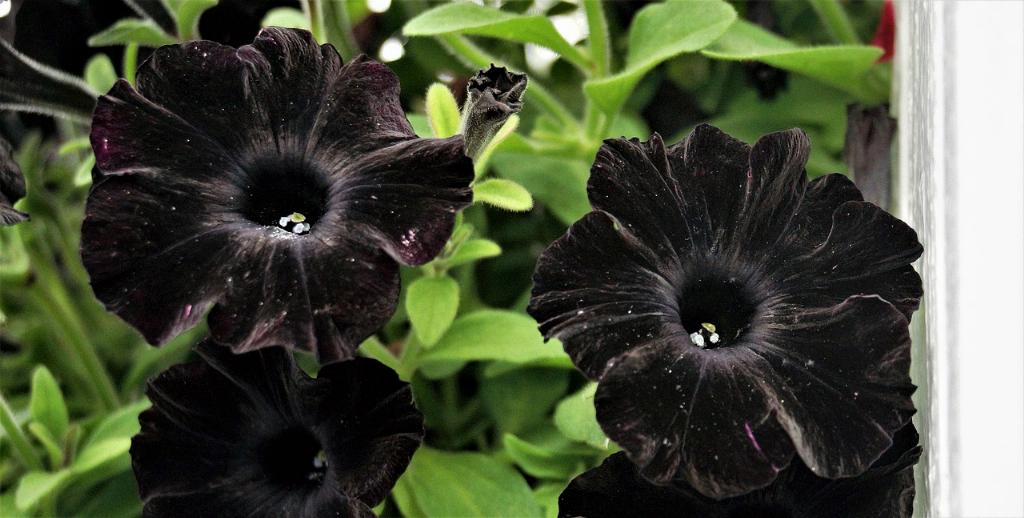When it comes to ensuring your petunias bloom beautifully, there are several key factors to consider. One of the most crucial aspects is the maintenance of consistent moisture levels for your plants. Petunias thrive when there is a steady stream of water coming up from their roots and evaporating through their leaves. This continuous flow of water is essential for sustaining their growth and blooming cycle.
To prevent your petunias from wilting and stalling their growth, it is important to provide them with the right amount of water. Avoid overwatering or underwatering, as both extremes can negatively impact the health of your plants. Finding the perfect balance that works for your specific petunias will help keep them blooming and flourishing.
Another key factor in promoting blooming is ensuring that your petunias receive an adequate amount of sunlight. Petunias are sun-loving plants that require at least 6-8 hours of sunlight per day to thrive. Placing them in a location with sufficient sunlight will help stimulate their flowering and keep them looking vibrant and healthy.
Feeding your petunias with a balanced fertilizer is also essential for promoting continuous blooming. Choose a fertilizer that is specifically formulated for flowering plants and follow the recommended feeding schedule. Providing your petunias with the necessary nutrients will help support their growth and encourage prolific blooming throughout the season.
Deadheading is another important practice to incorporate into your petunia care routine. Removing spent flowers regularly will prevent the plant from focusing its energy on seed production and instead encourage it to produce new blooms. Deadheading will help prolong the blooming period of your petunias and keep them looking fresh and vibrant.
Pruning your petunias can also help promote blooming and shape the overall appearance of the plant. By trimming back leggy growth and removing any damaged or diseased parts, you can encourage new growth and improve air circulation around the plant. Pruning will help your petunias maintain a compact and bushy form, enhancing their blooming potential.
Protecting your petunias from pests and diseases is crucial in maintaining their health and promoting blooming. Regularly inspect your plants for any signs of infestation or infection, and take appropriate measures to address the issue promptly. Using organic pest control methods and disease-resistant varieties can help keep your petunias blooming and flourishing.
Consider planting your petunias in nutrient-rich, well-draining soil to provide them with a healthy growing environment. Amending the soil with organic matter and ensuring good drainage will help optimize the growth and blooming potential of your petunias. Healthy soil supports healthy plants, leading to more abundant and long-lasting blooms.
Temperature is another factor to keep in mind when caring for your petunias. These plants prefer moderate temperatures and can be sensitive to extreme heat or cold. Providing them with a stable and comfortable environment will help maintain their blooming cycle and prevent stress-induced blooming interruptions.
Regularly inspecting your petunias for any signs of stress or nutrient deficiencies is essential for keeping them blooming. Addressing any issues promptly, such as yellowing leaves or stunted growth, can help prevent blooming disruptions and promote overall plant health. By staying vigilant and proactive in your petunia care routine, you can ensure a continuous display of beautiful blooms.
Lastly, be patient and observant when caring for your petunias. Each plant is unique and may have specific requirements based on its variety and growing conditions. Pay attention to how your petunias respond to different care practices and adjust your routine accordingly. By being attentive and responsive to your plants’ needs, you can create an ideal environment for them to thrive and bloom abundantly.

